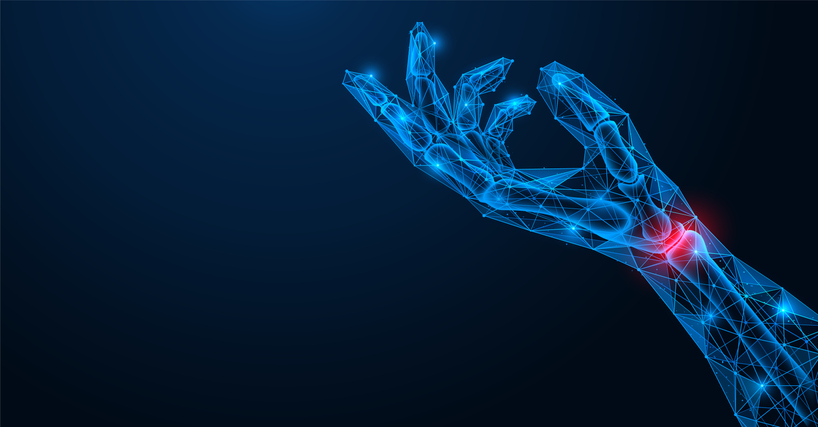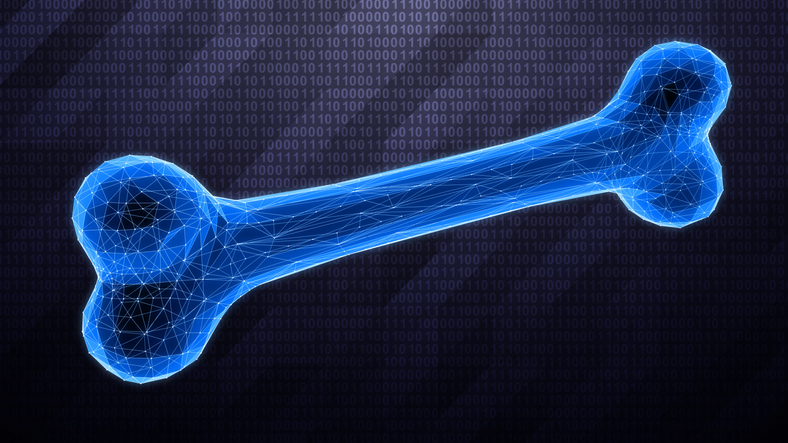
Dr. Ponton is dedicated to providing comprehensive care and innovative solutions to enhance the mobility and well-being of his patients.
Click on the links below for more information on each condition treated by Dr. Ponton.
Fact sheets provided by the American Society for Surgery of the Hand.




Pain and numbness in one or both hands can be a symptom of Carpal Tunnel Syndrome.
Carpal tunnel syndrome is caused by pressure on the median nerve, which runs through the wrist and hand. The median nerve provides sensory and motor functions to the thumb and 3 middle fingers. If it gets compressed or irritated, you may have symptoms.
Common symptoms include:
Click here to learn more about Carpal Tunnel Syndrome, causes and treatment options, provided by the American Society for Surgery of the Hand.
A catching, popping, or locking sensation can be a symptom of the condition called Trigger Finger.
Trigger finger happens when tendons, or their protective sheath, around your fingers or thumb swell up or thicken. The swelling makes it hard for your affected digits to move smoothly. Severe cases can “freeze” your fingers in a flexed position.
Common symptoms include:
Click here to learn more about trigger finger, causes and treatment options, provided by the American Society for Surgery of the Hand.
If you have noticed that you can no longer lay your hand flat on a table, palm down, then you may be experiencing a symptom of Dupuytren’s contracture.
Dupuytren’s contracture is an abnormal thickening of fascia, a layer of tissue under the skin, in the palm of your hand at the base of your fingers. This thickened area may develop into a hard lump or thick band. Over time, it can cause one or more fingers to curl (contract), or pull sideways or in toward your palm.
Common symptoms include:
Click here to learn more about Dupuytren’s Contracture, causes and treatment options, provided by the American Society for Surgery of the Hand.
A lump should always be evaluated by a healthcare provider to determine what it is and treatment options. The most common mass or lump in the hand is a ganglion cyst. They are not cancerous and, in most cases, are harmless. They occur in many locations, but most often develop on the back of the wrist.
These fluid-filled cysts can quickly appear, disappear, and change size. Many ganglion cysts do not require treatment. However, if the cyst hurts, if it affects function, or if you are unhappy with how it looks, there are several treatment options available.
Click here to learn more about Ganglion cysts, causes and treatment options, provided by the American Society for Surgery of the Hand.
This pain may be a result of the condition called de Quervain’s Tenosynovitis, which affects the two tendons on the thumb side of the wrist. Tendons are ropelike structures that attach muscle to bone. Chronic overuse, such as repeating a particular hand motion day after day, may irritate the covering around the tendons. If the covering becomes irritated, the tendons can thicken and swell. This thickening and swelling restrict the movement of the tendons through the small tunnel that connects them to the base of the thumb.
Common symptoms include:
If the condition goes too long without treatment, the pain may spread farther into the thumb or forearm or both. Moving the thumb and wrist may make the pain worse.
Click here to learn more about de Quervain’s Tenosynovitis, causes and treatment options, provided by the American Society for Surgery of the Hand.